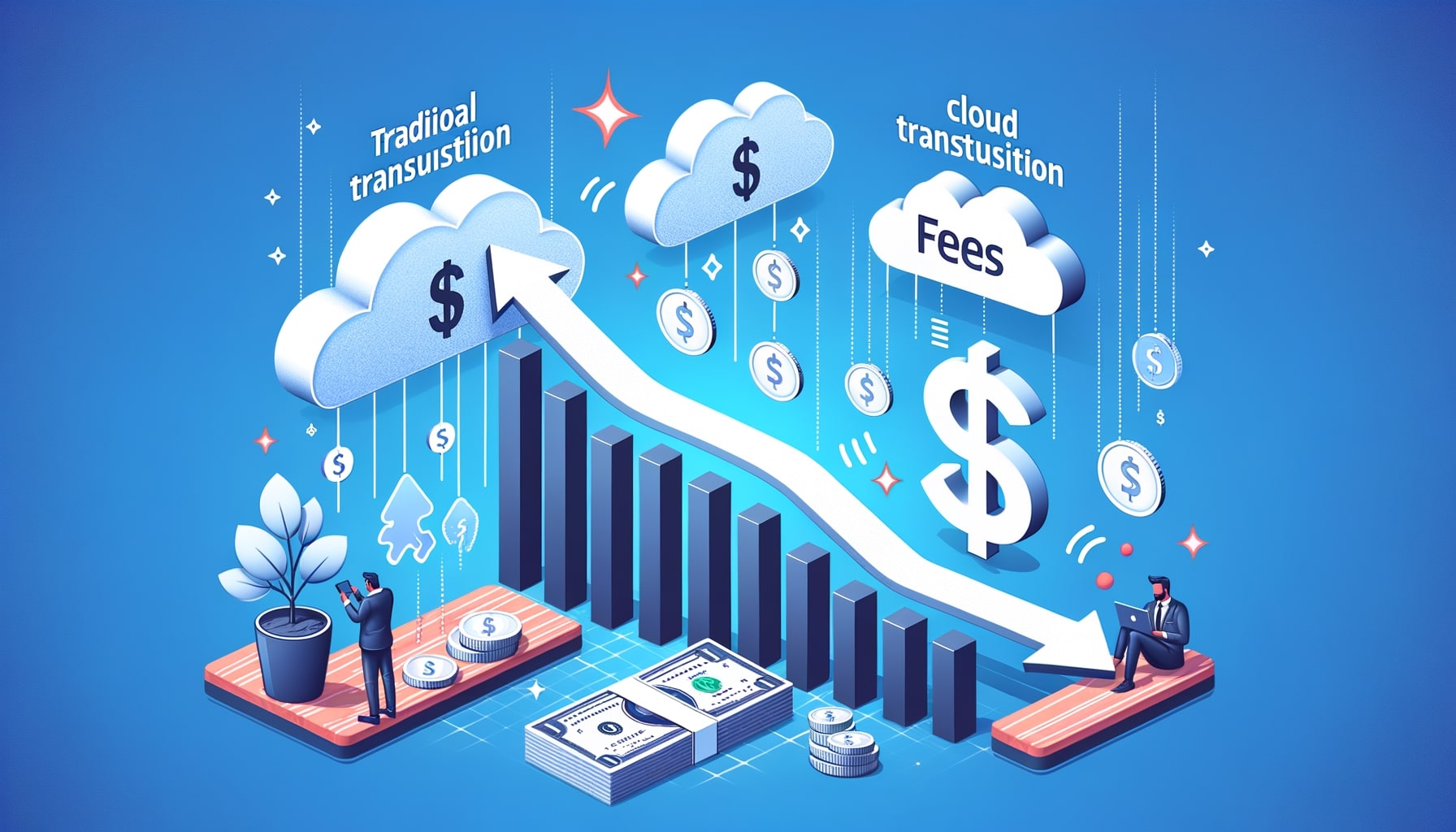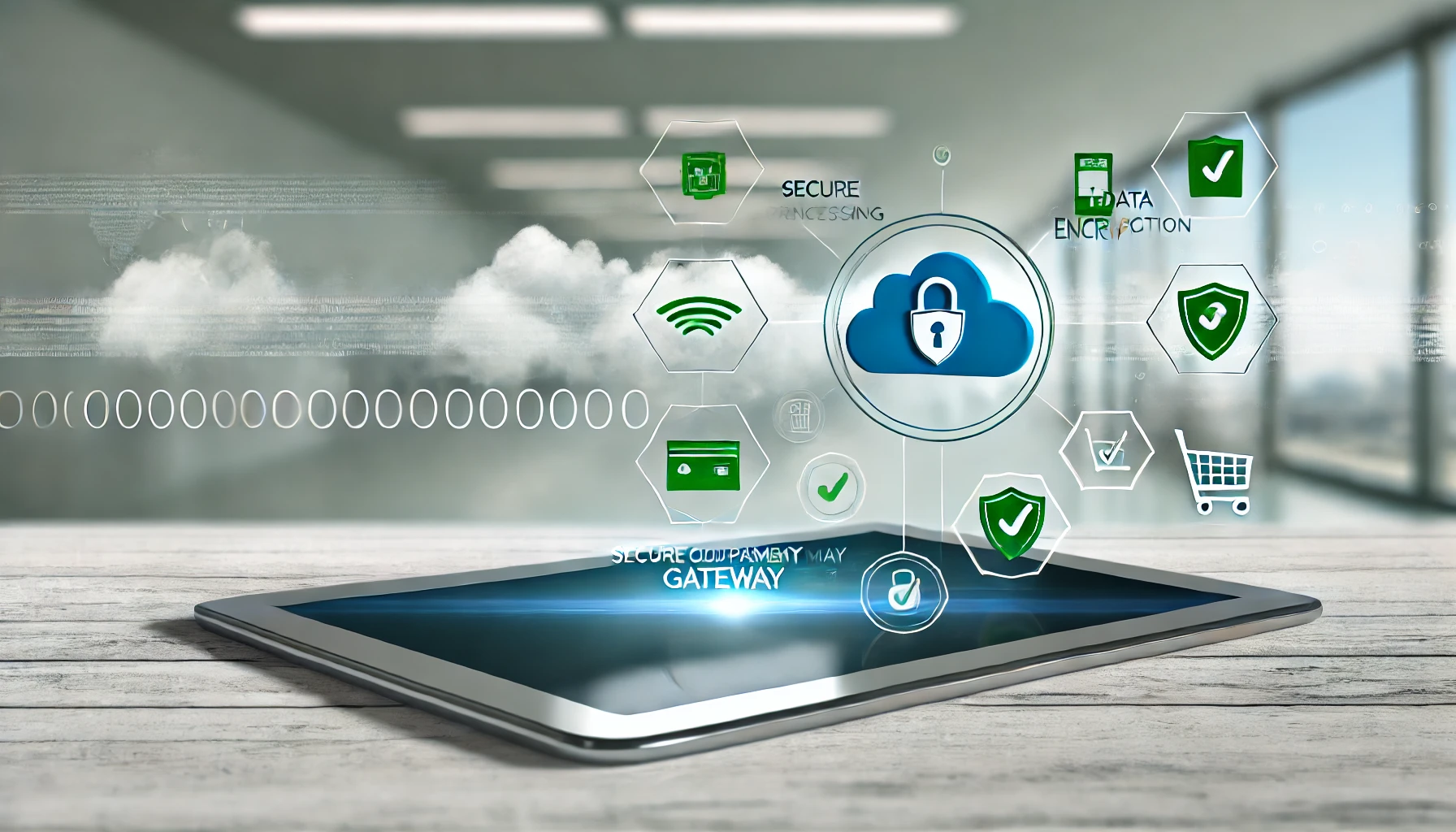How to Manage Risk in Cloud Payment Systems
In recent years, cloud payment systems have gained significant popularity due to their convenience and scalability. These systems allow businesses to process transactions securely and efficiently, eliminating the need for physical payment terminals. However, with the increasing reliance on cloud technology, it is crucial to understand and manage the risks associated with cloud payment systems effectively.
This article aims to provide a comprehensive guide on managing risk in cloud payment systems, covering various aspects such as understanding risks, implementing strong authentication measures, ensuring data security and privacy, regular monitoring and auditing, disaster recovery planning, compliance with regulatory standards, and educating employees and customers about risk management.
Understanding the Risks Associated with Cloud Payment Systems
Cloud payment system come with inherent risks that businesses must be aware of to ensure the security of their financial transactions. One of the primary risks is the potential for data breaches and unauthorized access to sensitive customer information. Hackers are constantly evolving their techniques, making it crucial for businesses to stay vigilant and implement robust security measures.
Another risk associated with cloud payment systems is the possibility of service disruptions or downtime. Any interruption in the payment system can lead to financial losses and damage to a business’s reputation. Additionally, businesses must consider the risk of vendor lock-in, where they become dependent on a single cloud service provider, limiting their flexibility and potentially increasing costs.
Importance of Risk Management in Cloud Payment Systems
Effective risk management is vital for businesses using cloud payment system to protect their financial transactions and maintain customer trust. By identifying and mitigating risks, businesses can minimize the likelihood and impact of potential threats. Risk management also helps organizations comply with industry regulations and standards, ensuring the security and privacy of customer data.
Implementing Strong Authentication Measures in Cloud Payment Systems
One of the key steps in managing risk in cloud payment systems is implementing strong authentication measures. Multi-factor authentication (MFA) is a widely recommended approach that adds an extra layer of security by requiring users to provide multiple forms of identification. This can include something the user knows (such as a password), something they have (such as a token or smartphone), or something they are (such as biometric data).
By implementing MFA, businesses can significantly reduce the risk of unauthorized access to their cloud payment systems. It is essential to choose authentication methods that are user-friendly and easy to implement, ensuring a seamless payment experience for customers while maintaining security.
Ensuring Data Security and Privacy in Cloud Payment Systems
Data security and privacy are critical considerations when managing risk in cloud payment systems. Businesses must ensure that their cloud service provider has robust security measures in place, such as encryption, firewalls, and intrusion detection systems. Regular security audits and vulnerability assessments should also be conducted to identify and address any potential weaknesses.
Additionally, businesses should carefully review their cloud service provider’s data privacy policies and ensure compliance with relevant regulations, such as the General Data Protection Regulation (GDPR). By implementing strong data security and privacy measures, businesses can protect customer information and maintain their trust.
Regular Monitoring and Auditing of Cloud Payment Systems
Regular monitoring and auditing of cloud payment systems are essential to identify and address any potential security vulnerabilities or suspicious activities. Monitoring tools can provide real-time alerts for any unusual behavior, enabling businesses to take immediate action.
Regular audits should be conducted to assess the effectiveness of security controls and ensure compliance with industry standards. These audits can help identify any gaps in security measures and provide recommendations for improvement. By proactively monitoring and auditing their cloud payment systems, businesses can detect and mitigate risks before they escalate.
Disaster Recovery and Business Continuity Planning for Cloud Payment Systems
Disaster recovery and business continuity planning are crucial components of risk management in cloud payment systems. Businesses must have a robust plan in place to ensure the availability and integrity of their payment systems in the event of a disaster or system failure.
This plan should include regular backups of critical data, redundant infrastructure, and a clear communication strategy to inform customers and stakeholders about any disruptions. By having a well-defined disaster recovery and business continuity plan, businesses can minimize the impact of potential disruptions and ensure the continuity of their payment operations.
Compliance with Regulatory Standards in Cloud Payment Systems
Compliance with regulatory standards is essential for businesses using cloud payment systems. Depending on the industry and geographical location, businesses may be subject to various regulations, such as the Payment Card Industry Data Security Standard (PCI DSS) or the Sarbanes-Oxley Act (SOX).
To ensure compliance, businesses must understand the specific requirements of these regulations and work closely with their cloud service provider to implement the necessary controls. Regular audits and assessments should be conducted to verify compliance and address any non-compliance issues promptly.
Educating Employees and Customers about Risk Management in Cloud Payment Systems
Educating employees and customers about risk management in cloud payment systems is crucial to create a culture of security and ensure everyone understands their role in protecting sensitive information. Employees should receive regular training on security best practices, such as password hygiene, recognizing phishing attempts, and handling customer data securely.
Businesses should also provide clear and concise information to customers about the security measures in place and how their data is protected. This can help build trust and confidence in the cloud payment system, encouraging customers to continue using it.
FAQs
Q.1: What are the benefits of using cloud payment systems?
Cloud payment systems offer numerous benefits, including cost savings, improved efficiency, and scalability. They also provide businesses with real-time visibility into financial transactions and enable seamless integration with other business systems.
Q.2: How can organizations protect sensitive financial data in cloud payment systems?
Organizations can protect sensitive financial data in cloud payment systems by implementing strong authentication measures, ensuring data encryption, regularly monitoring and auditing systems, and establishing robust disaster recovery and business continuity plans.
Q.3: What compliance regulations should organizations consider when using cloud payment systems?
Organizations should consider compliance regulations such as the Payment Card Industry Data Security Standard (PCI DSS) when using cloud payment systems. It is crucial to work with cloud service providers who comply with these regulations and regularly assess their compliance.
Conclusion
As businesses increasingly adopt cloud payment systems, effectively managing the associated risks becomes paramount. By understanding the risks, implementing strong authentication measures, ensuring data security and privacy, regular monitoring and auditing, disaster recovery planning, compliance with regulatory standards, and educating employees and customers, businesses can mitigate potential threats and protect their financial transactions.
Managing risk in cloud payment systems requires a proactive approach, continuous monitoring, and collaboration with trusted cloud service providers. By prioritizing risk management, businesses can safeguard their payment systems, maintain customer trust, and ensure the long-term success of their operations in the digital era.










